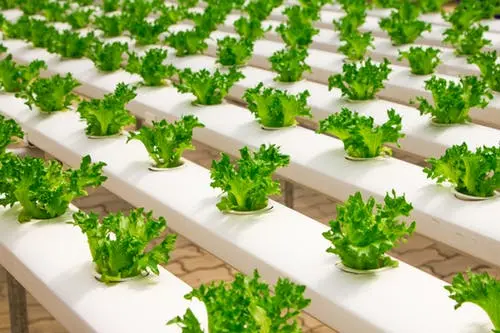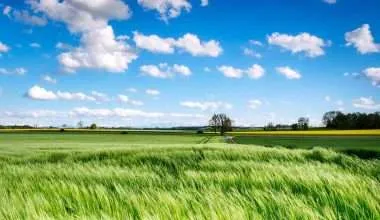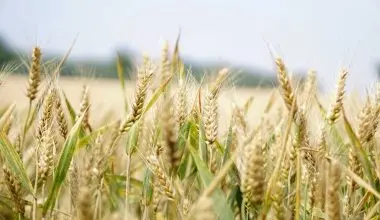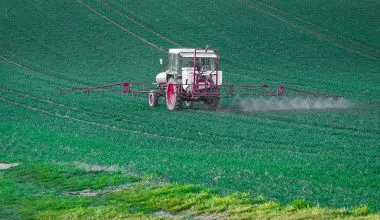Table of Contents Show
Urban Agriculture, also widely referred to as Urban Farming is the planting and growing of plants and rearing of animals in the middle of cities and towns, or near to cities and towns. The primary purpose of urban farming is going to give provision of food to the population residing in these towns and cities, making access to food more convenient to the people and reducing carbon footprint in long-distance transport.
Urban agriculture has shown a high potential when it comes to fulfilling the needs of people, it just doesn’t provide us with food but also ensures us with a sustainable distribution and a production system which is ongoing providing jobs and employment to the people in the process.
Other than that, Urban Farming also helps the environment of the city and its overall aesthetic by providing much needed greenery in a busy metropolitan city full of buildings.
Types of Urban Agriculture
1. Tactical Gardens
Tactical gardens involve the use of a limited amount of space that is available to carry out farming without the need for heavy investing. You can easily make a small keyhole garden to cover a space that was intended to be used for parking a car; this helps to cover the land and put it to good use of making food. Any free space around the house can be converted into a tactical garden.
2. Backyard Gardens
This involves growing food in your own home. You can use the food from your backyard, use it for yourself and even provide it to your friends, family, relatives, and nearby neighbors. This will also motivate them to take such initiatives. These types of gardens are very beneficial as the communities can share these products and employ different farming techniques leading to better yields.
3. Forests Gardening
This is the practice of growing gardens within urban forests (woodland ecosystems). Forest gardens give you the ability to plant various different crops, fruits, and vegetables important to humans within a forest-like garden which is located inside urban cities. They help in creating a setting, which is favorable for crop production. Forest gardening can also be considered as an afforestation effort, to tackle threats such as global warming and climate change.
4. Greenhouses
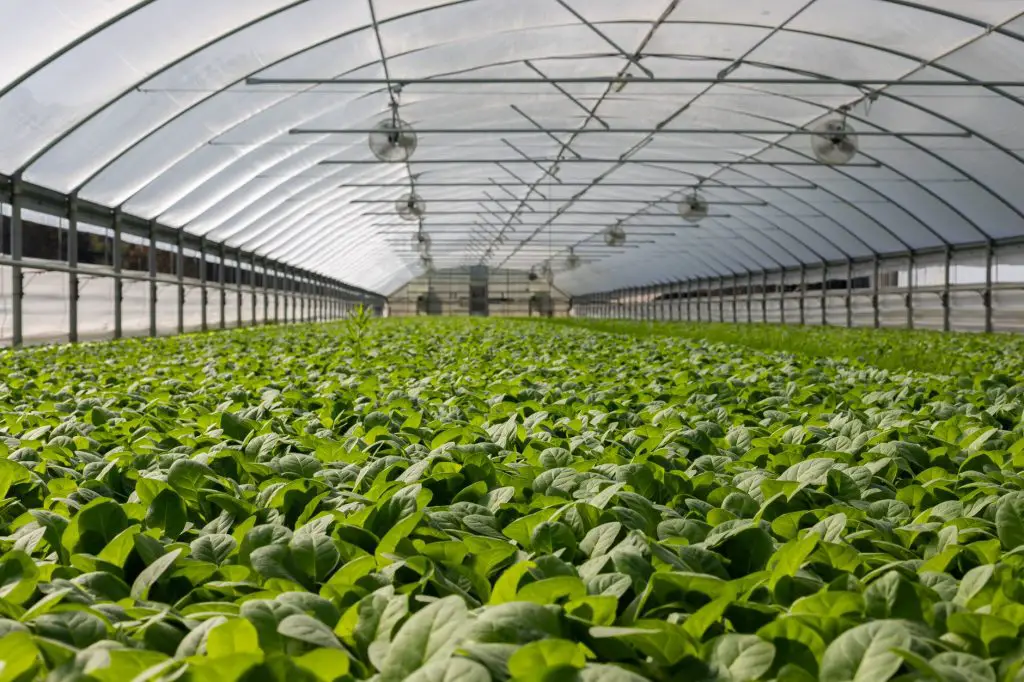
Greenhouses involve carrying out agriculture in commercial, residential, and communal spaces. Greenhouses give ‘urban’ farmers the ability to grow different crops throughout the year. This is due to producers being able to control the environment inside the greenhouses suitable to the crops being grown. Greenhouses can be placed in the backyard or on the roof. You can even have a small greenhouse placed in your balcony.
5. Green walls
The green wall is the growing of fruits and vegetables on external or internal spaces of a wall. The benefit of green walls is that it doesn’t take up much space on the ground.Green walls also have an integrated irrigation and fertigation system which conserves water and natural resources. Green Walls also used reduce stormwater runoff.
6. Animal Husbandry
Animal Husbandry is the rearing of animals in the urban environment. Urban fanatics can choose ideal locations for keeping various animals or may choose to keep a specific species of animals they like. You can place them in the backyard; remember to plant a lot of trees and give them food so they feel like they’re in just another farm.
7. Street Landscaping
Landscaping of streets can be done for different uses such as community gardens; these are looked after by the concerned neighborhood of that area. They help in making the streets look more beautiful and pleasing for the eye and also help in the purification of air to create a clean environment. They also have the ability to reduce urban stormwater runoff onto the streets. Another thing to mention is that trees on the road side significantly reduce outdoor temperatures of the neighborhood which will reduce your electricity bills as HVAC will work less maintain indoor temperatures.
8. Vertical Farms
Vertical farming involves planting crops in stack arrangement upwards to reduce the agricultural footprint on the land. Vertical farms employ the principles of Controlled Environment Agriculture (CEA) to improve plant growth and Soilless farming techniques such as Aquaponics, Hydroponics and Aeroponics to perform farming without use of land. Green walls can also be adapted to be used in this method.
9. Beekeeping
Urban beekeeping can also be carried out. This option comes with a lot of regulations and restrictions which may vary in different cities or states. If however beekeeping is practiced, it will be beneficial as bees not only produce honey but can also act as pollinators and improve biodiversity.
Beekeeping is quite the responsibility considering the recent endangerment of bee species.
10. Aquaponics
Aquaponics is the rearing of marine animals in an urban setting. It uses a system to capture stormwater from the city and create a tank that is sustainable and has a recirculating system; basically setting up an artificial fish pond. It is an efficient way for rearing crops and a protein alternative for marine animals.
Pros of Urban Agriculture
1. Economically beneficial
Urban agriculture helps in the development of new businesses; this not only generates income for small business owners but also helps to provide jobs for people in need, thereby reducing unemployment. This helps to grow a small business by providing them sustained incomes. The local government helps to raise revenues by helping in running operations. The economic value of the land is also increased. These factors help to reduce the cost incurred to maintain the land and prevents damage by people who illegally dump waste and vandalize properties.
2. Social Benefits
Urban agriculture helps in community participation and strengthening community ties, as people from the community unite for a common cause which is the promotion of urban agriculture in that region along with the continued maintenance of that land to make it more beautiful for newcomers. This helps to create a level of unity and commitment within the community and that is very important, especially in times of distress.
3. Cultural Benefits
Continued interactions concerning urban agriculture help to create and strengthen bonds and people from different ages, gender, and racial backgrounds get to share significant information regarding the crops, animals, poultry, vegetables, and fruits. Cultural practices can also be shared within the communities to optimize urban farming practices.
4. Nutritional benefits
Urban agriculture, like all forms of agriculture, helps to ensure that there is a constant provision of food with good nutritional value. All the products delivered to the markets and purchased by the consumer meet the criteria of good nutritional values and due to concise transportation distance between the site of growth and the market; the deterioration of the nutrient and the decline in quality of the product is minimized. Urban farming has also adapted strategies being used in organ farming, which are concerned with the reduced use of synthetic chemicals for the production of higher yield. Urban agriculture instead promotes the production of organic fertilizers on site. This helps in reducing exposure of various harmful chemical toxins to the community and to the city as a whole, which is interconnected throughout in the form of water supply and ventilation systems.
5. Health and Food benefits
Urban agriculture helps in increasing the demand for locally grown products; this also reduces the costs of importing food from other areas which costs transportation fees. It makes sure that the food available is healthy and fresh, giving the consumer more options during the purchase. The fact that it is being grown in the city, and doesn’t require additional synthetic chemicals or transport from various other sources helps to keep the final price of the food relatively cheap ultimately promoting sales and local economy. Urban agriculture helps in reducing the dependency on processed food which is potentially harmful and can cause various diseases including obesity, diabetes, and hypertension. Since urban agriculture produces healthy food, it helps to increase life expectancy and improves one’s lifestyle.
6. Skill building, Education, and Job training benefits
Programs and projects concerned with carrying out urban agriculture help to improve one’s skills, and also provide training opportunities for future jobs. Participation in various tasks such as poultry farming, animal husbandry, and beekeeping helps to develop important skills that may be used in the future to find other prospective jobs and sources of income. Vast knowledge is available in urban agriculture relating to food systems, their growth, and how to sustain growth in different circumstances. This knowledge can be applied in other scenarios and can be used to create other innovative ideas or improve upon pre-existing ideas.
7. Environmental Benefits
Various types of urban agriculture such as green walls, vertical walls, aquaponics, and even street landscaping help in reducing stormwater runoff. It also helps to maintain and support biodiversity to improve air quality and can help mitigate heat island impacts in urban landscapes.
As we have previously mentioned, chemical use is reduced in urban agriculture. The benefits of this vary and are dependent on the type of agriculture being practiced.
There is an increase in habitat and shelters for pollinators such as insects and the preservation of indigenous crops also increases. Breeding of new crops can also be carried out by sharing seeds.
The urban agriculture is set in a city filled with pollutants which does significant harm to the environment. This may not be of significance to you now, but this is slowly increasing the carbon footprint of not just the city, but of the country; leading to an increasing level of threat of global warming and climate change. Urban farming greatly helps in reducing these carbon footprints by reducing the overall carbon emissions of the region due to reduced transportation distance of food products. The plantation helps to store carbon by acting as a sink and using it to form oxygen and reduce the impact of pollution throughout the city. These effects are more strongly mitigated by urban forests.
Cons of Urban Agriculture
Like everything, there are always pros and cons and urban agriculture is no different. There are still believed that there are a lot of challenges concerning urban agriculture practices and potential problems with its impact if it is not carried out properly.
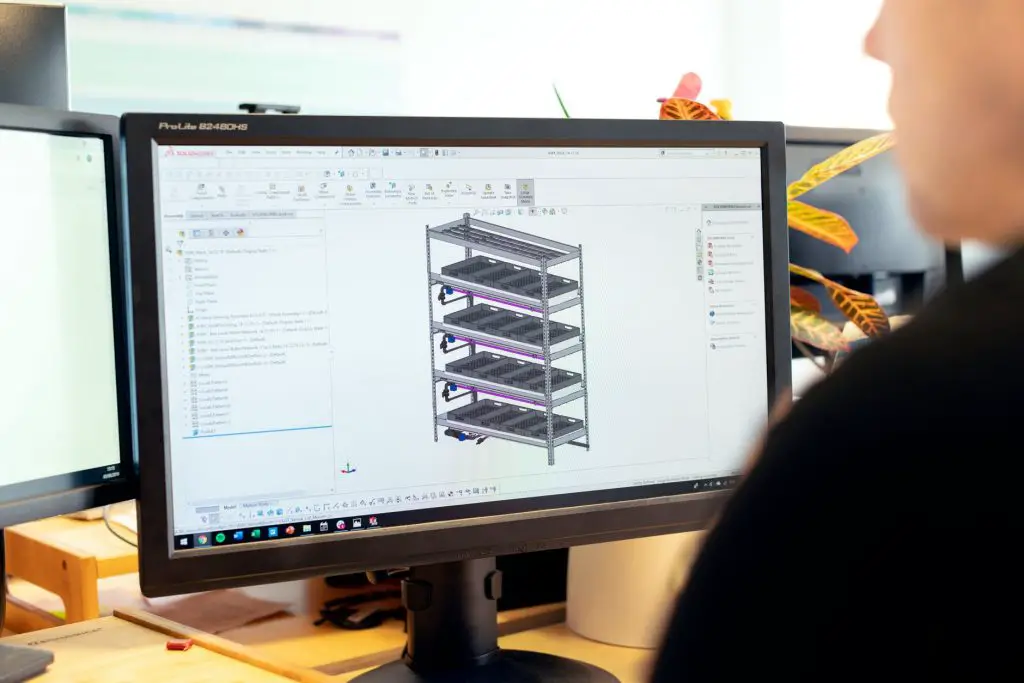
1. Lack of Space
Most of the major cities of countries are very big and dense populated, people residing throughout the citing and more and more commercial projects need to be completed to provide housing for the growing population within that city. This creates big issues as there is no more space left to build.
2. Profits over Planet
Places that still might have public or private lands available are very costly. It is known that urban agriculture converts the land into a productive cog, but sometimes these lands are not used for the purpose they were meant to be used for. Farmers might purchase or take over the land and set it aside for different ventures, which are mostly of profitable concerns.
3. Government’s reservations
The government believes that the land set aside for urban agriculture may not be an economically or environmentally efficient use of the land. The biggest obstacles sometimes with urban agriculture are land rent because the government doesn’t pay more attention to regulate and encourage farming.
4. Very discouraging at times
The crops being grown may become highly susceptible to damage by various birds and pests. These ultimately reduce the crop production by the land and may even be led to the spoiling of the entire field of the crop. This is of immense concern as urban farmers are already carrying out agriculture on a limited budget and if this occurs, it may cause them serious cash concerns. Some may even choose to opt-out of continuing urban agriculture.
5. May need to purchase new soil
The soils, being in polluted metropolitan cities, are consistently being polluted by various avenues eventually become highly contaminated. This harms the yield and the production of the crop. Farmers may then need to purchase new soil if they are to carry out efficient farming with high yields. Farmers obviously need to produce good quality end-products if they are to successfully carry out farming on urban land.
6. Lack of Knowledge and Experience
There is a considerable lack of experienced and skilled workers in urban areas, especially those who have good knowledge related to farming. Most of the people concerned with farming live far away from the city. They choose not to be tempted into the city to carry out agriculture due to the differences in living between where they reside and the city. The ones who do make the jump are inadequate in number to carry out and maintain urban agriculture in the city. These farmers may also find it difficult to farm in the same efficient way as they were doing so outside the city. This leads to a lack of labor available to carry out agriculture in the city. People need to be taught and be supervised, which takes a lot of time and money and local governments are reluctant to invest upon that.
7. Water Shortage
Urban agriculture can create water shortages if the water supply is being shared. Overuse of the public water supply of the city for farming can lead to water shortages, which may be extreme in places with a dense population. Some cities have tried to tackle this issue by using wastewater which is treated for irrigation (Primary treatment of Wastewater). Low-cost high-efficiency water technologies can increase water efficiency and may allow the use of low quality water resources.
8. Water Pollution
Pollution of water may lead to waterborne diseases. Chemical and bacterial contamination of the water sources may lead to severe diseases such as cholera, amoebic dysentery, schistosomiasis, and salmonella.
9. Some farmers may use Agricultural Chemicals
The food may also become contaminated due to poor hygiene in urban cities. The pesticides that may be used in urban agriculture may cause air pollution which is a severe threat to cities with dense populations, as the pollutants may travel far and fast in the atmosphere potentially harming majority of populations. This may lead to various allergic reactions, respiratory illness, cancers, and congenital birth defects. Therefore, it is highly essential that the amount of pesticides and other aerosol chemicals used in urban agriculture is limited and well-regulated by the local authorities.
